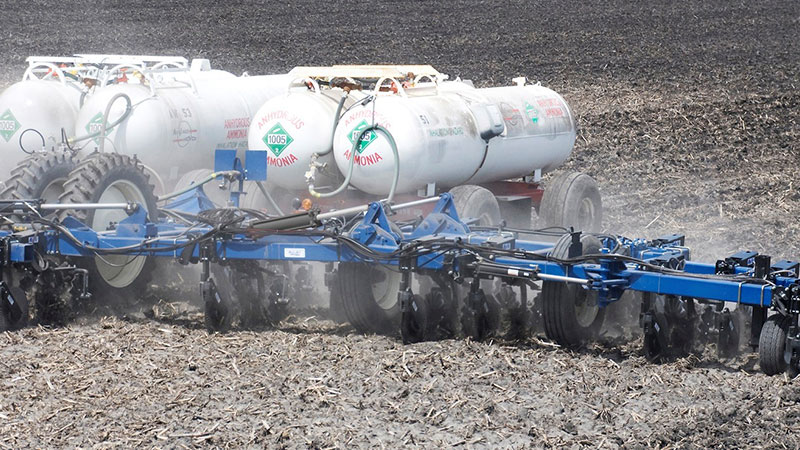Monsanto, Pioneer: Soybean Trait Changes Game Without Affecting Performance
Soybean traits come and go, but the latest trait to hit the market may just have game-changing possibilities. High-oleic soybeans provide a new soybean oil prepared to meet evolving customer demands. But, experts say it doesn’t have to lower soybean farmers’ expectations in the field.
High-oleic soybeans followed an extensive research timeline prior to becoming commercially available. This timeline helps the varieties perform as well as, or even better than existing soybean varieties.
“For the high-oleic varieties to advance in the research pipeline, they had to meet the same criteria as our elite commercial varieties being marketed to soybean farmers,” says Keith Diedrick, agronomist for Pioneer Hi-Bred based in West Lafayette, IN. “The research time put behind these products, across our North America soybean research facilities and on local farms across the soybean belt, allows us to deliver varieties that perform under a range of environmental conditions and provide us with confidence in their yield performance.”
Monsanto and Pioneer both plan launches of this trait in limited markets at first, with Monsanto introducing Vistive Gold and Pioneer selling their seed as Plenish. The high-oleic varieties will be available in several maturity groups and with a broad range of agronomic packages.
“Our varieties will come with our current traits, including Genuity Roundup Ready 2 Yield and defensive traits to help farmers fight SCN, phytophthora root rot, white mold and other diseases found in Ohio soybean fields,” says Aaron Gault, territory agronomist for DEKALB/Asgrow based in northeastern Indiana. “Monsanto’s already testing these varieties in Indiana and other states under tight protocols, and we’re excited about the progress our soybean breeders have made.”
Farmers don’t have to take the seed companies’ word for it. They can rely on fellow farmers as well. Jenera, OH, farmer John Motter planted and saw high-oleic varieties perform first-hand on his farm in 2011. His management plan for these varieties resembled what he used throughout his operation.
“We started with a pre-emergence application of Canopy and glyphosate followed by a post-emergence application of glyphosate, as well,” says Motter. “We chose not to apply Warrior, although neighbors saw enough insect pressure to do so.”
The high-oleic soybeans Motter planted performed slightly above his farm’s soybean yield average and slightly above Ohio’s estimated average, as well.
“These varieties performed the same as varieties that have been on the market for a few years,” says Motter. “As new soybean varieties with the trait are still being introduced, we will need to handle them differently than more common soybean varieties, but performance does not appear to be an issue.”
Right now, the opportunity for U.S. soybean farmers to plant high-oleic soybeans will be based on locations where soybean processors and seed companies develop agreements, notes the Indiana Soybean Association.
Aggressive commercialization of high-oleic soybean varieties provides U.S. soybean farmers the opportunity to reclaim lost soybean oil market share and positively impact their profit potential by meeting customer demands.






